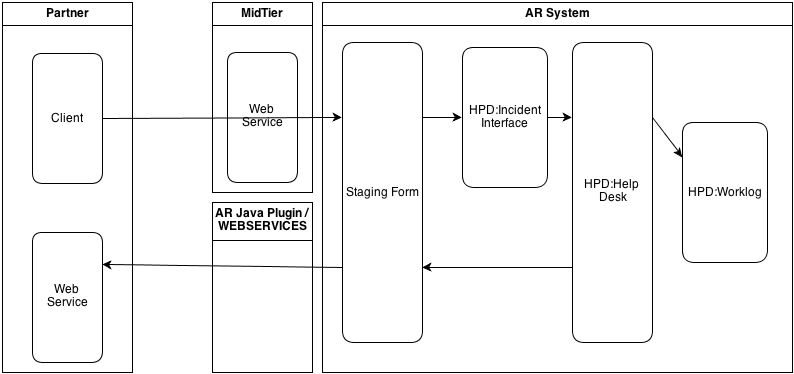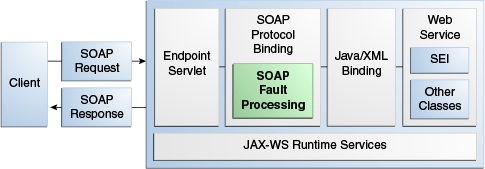SOAP (Simple Object Access Protocol) has been a mainstay in web services for years. Employing it efficiently can help you secure robust, scalable, and high-performing web services. Below, we present the best practices to fine-tune your SOAP development process, maximizing your service performance.
1. Streamlining SOAP Requests
The key to achieving optimal performance in SOAP involves the efficient handling of SOAP requests. SOAP envelopes can grow bulky, carrying unnecessary overhead. Therefore, always ensure to prune SOAP envelopes to carry only essential information.
Here’s the kicker: Use arrays instead of sequences when defining complex types in WSDL. This helps to minimize the overhead while keeping requests concise and manageable.
2. Leveraging Advanced Techniques
SOAP, contrary to some misconceptions, provides a wealth of advanced techniques that can significantly enhance your web services. Delving into these advanced techniques not only optimizes performance but also adds to the robustness of your SOAP integrations.
Some developers overlook the power of SOAP headers, for instance. However, using them properly can streamline communication, enhance security, and improve overall system efficiency.
3. Adopting Efficient Error Handling
SOAP error handling forms the backbone of robust and resilient web services. A well-structured error handling mechanism can save time and improve the user experience.
To foster this, create SOAP faults that are comprehensive and easy to understand. SOAP faults should provide users with sufficient details about the error, making it easy for them to troubleshoot. You can glean more about SOAP error handling from this piece.
4. Fine-tuning the SOAP Services
To squeeze out optimal performance from your SOAP services, keep them lightweight and tightly focused. This guide provides a deep dive into designing high-performance SOAP web services.
Design services to do one thing and do it well. Avoid the temptation to create monolithic services. Keep in mind the principles of microservices.
5. Prioritizing Security
Security is paramount. Safeguarding SOAP services should be a top priority. Secure your services through SOAP libraries and effective methods like WS-Security and SSL.
As a side note, never overlook the importance of frequent security audits. Audits help you keep track of vulnerabilities and fix them promptly. Discover more about securing your SOAP services here.
6. Embracing Continuous Optimization
Like any other technology, SOAP is not set in stone. You should embrace a culture of continuous code optimization for improved SOAP service performance.
A comprehensive guide to achieving this would involve continuously seeking and implementing updates, optimizing for reduced latency, and improving throughput wherever possible.
7. Staying Updated
Lastly, SOAP development, like any other field in technology, is ever-evolving. Keeping yourself abreast of the latest news and trends in SOAP web services is crucial. Staying updated helps you to leverage new practices, tools, and technologies that can further enhance the performance of your SOAP services.
As a developer, never stop learning. Explore new practices, learn from your peers, and always strive to improve your SOAP development skills.
Wrapping Up
Optimal performance in SOAP development doesn’t happen by chance; it demands thoughtful design, a disciplined approach, and continuous optimization. By following the above best practices, you can make your SOAP web services more efficient, robust, and performant.
Remember, the pursuit of excellence in SOAP development is a journey, not a destination. So, keep exploring, experimenting, and learning.





